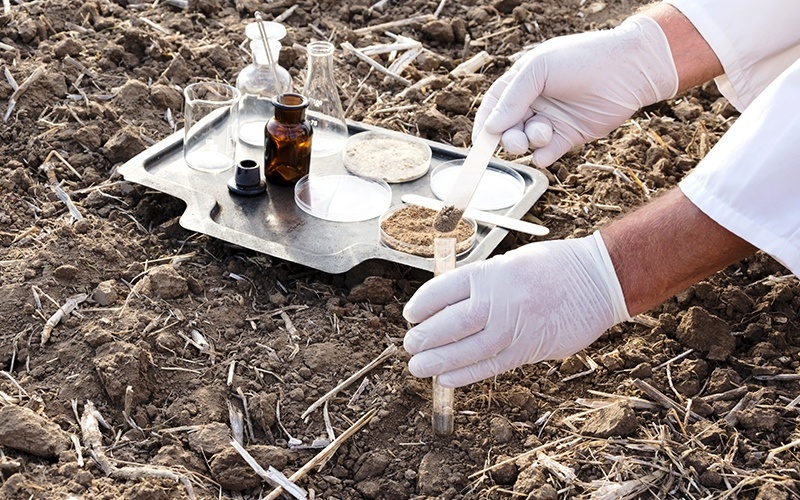On May 23, 2022, the U.S. Department of the Interior released draft guidance for eligible states, and the Navajo Nation, on how to apply for the first $725 million in funding available for reclaiming abandoned mine lands (AML) as part of the Bipartisan Infrastructure Law.
As documented in the 2020 book, RECONOMICS: The Path To Resilient Prosperity, federal funding programs focused on restoring land and natural resources often miss out on opportunities to have a far more revitalizing effect on adjacent communities.
This is usually because they operate in silos, with engineers and restoration ecologists having little understanding of (or willingness to deal with) local economic, cultural or social issues. It also happens when money arrives without relevant training: grantors just assume that the local community possesses the renewal capacity needed to turn the investment into resilient prosperity (which is seldom the case). Despite over two decades of success stories, too many federal agencies have still failed to adopt a restoration economy approach to their work.
The newly-released draft guidance provides instructions to eligible states and the Navajo Nation on how to apply for fiscal year 2022 AML grants under the Bipartisan Infrastructure Law.
It also provides guidance to applicants to ensure that activities funded under the program are putting people—especially current and former coal miners—to work protecting the environment, investing in disadvantaged communities consistent with the President’s Justice 40 Initiative, and safeguarding taxpayer money in a transparent and responsible manner.
The law provides a total of $11.3 billion in AML grant funding over 15 years, to eligible states and Tribes to help communities eliminate dangerous environmental hazards and pollution caused by past coal mining while creating jobs and providing opportunities to revitalize coal communities.
AML reclamation projects support vitally needed jobs by investing in projects that close dangerous mine shafts, reclaim unstable slopes, prevent releases of harmful gases, including methane, improve water quality by treating acid mine drainage and restore water supplies damaged by mining.
AML reclamation projects also enable economic revitalization by rehabilitating hazardous land so that it can be used for recreational facilities or other economic redevelopment uses like advanced manufacturing and renewable energy deployment.
“President Biden’s Bipartisan Infrastructure Law makes historic investments in coal communities that will help revitalize local economies and support reclamation jobs that put people to work locally, including current and former coal workers, all while addressing harmful environmental impacts from these legacy developments,” said Secretary of the Interior Deb Haaland.
“The Biden-Harris administration is committed to addressing legacy pollution and helping working families who face hazardous pollution, toxic water levels, and land subsidence both during mining and long after coal companies have moved on,” she added.
Comments on the guidance can be emailed to getinfo@osmre.gov by 11:59 PM ET on June 13, 2022, and will help inform any changes moving forward.
Photo of soil contamination test being conducted at mining site on Navajo Nation land courtesy of OSMRE.

